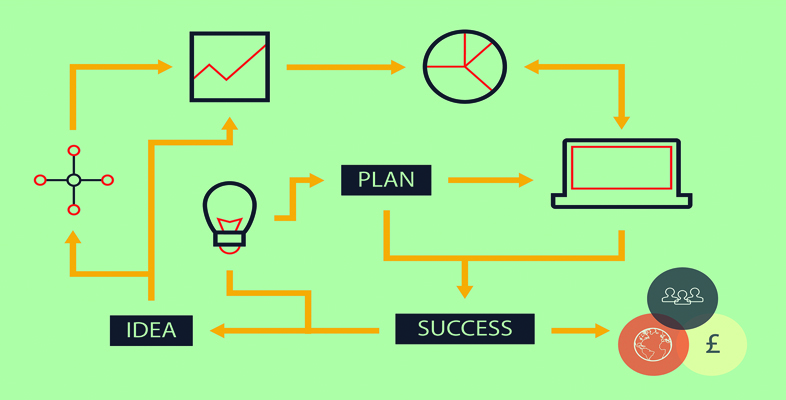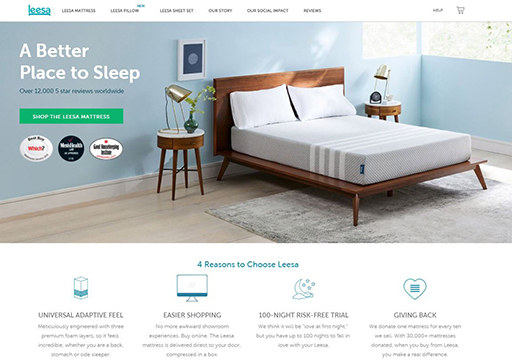2.1 What does the market look like?
You can categorise markets in different ways, but perhaps the simplest is whether it is ‘business to business’ (B2B) or consumer facing, sometimes referred to as B2C or ‘business to consumer’. Within these, you might consider the following:
- geography: where is it located? Is it local? Is it international?
- demographics: including the size of other businesses in it, the stage of maturity, volume of potential business, and so on
- behavioural characteristics: how do businesses compete? Consider the value of all purchases, frequency of purchase (i.e. one-offs or regular) and so on
- decision-making process: who makes the purchase decision? What factors or people influence them? Who are the people who make the decisions? What do we know about them?
(Adapted from The Open University, 2012)
These all shape your understanding of the potential market. It is now worth thinking about how they can influence the development of your business. All will help you refine your offer and think through the particular segments you want to focus on. Some aspects are particularly relevant to those entering the market with a new offer.
The shape of the market is clearly important, as is the ability to recognise shifts in geography, behaviour, competition and customers. Changes can lead to opportunities. For example, ten years ago if asked where you would buy a mattress from, you would probably have responded with ‘a shop’. After all, a mattress is a relatively expensive, infrequent purchase, and you probably want to try before you buy. Interestingly this is changing. The internet has meant that some companies sell direct, online, usually along with the offer of being able to try it at home for an extended period. This is literally the opportunity to ‘sleep on it’.
The image above is a screenshot of an advertisement for one of many furniture and online, direct delivery businesses. Reflect for a moment about this trend of moving purchases online, to a direct-to-consumer model, and how it has been supported by both social media and the need to provide certain types of guarantees. Convenience is clearly an important factor. Why might that be?
As a secondary thought, think of the opportunities that have arisen for businesses who provide warehousing, couriers, and delivery and packaging solutions, as well as social media advertising, which is changing the whole nature of the customer relationship.

